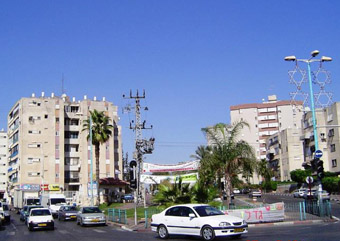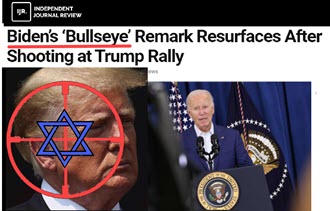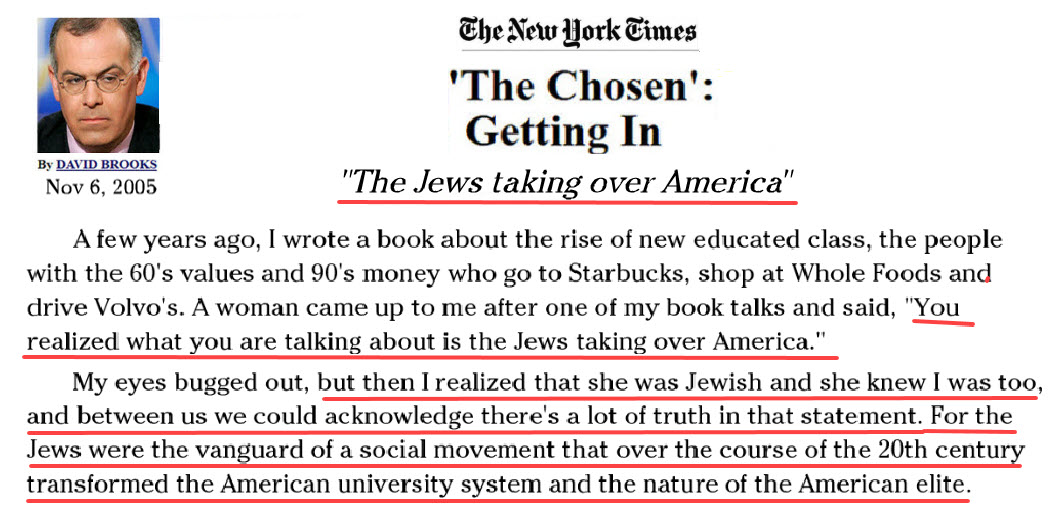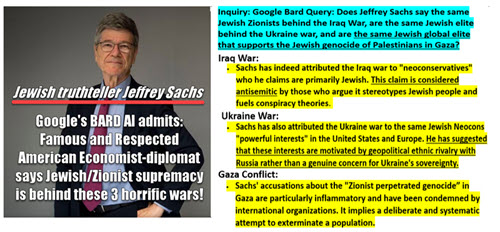 Imagine if any nation on earth built a new suburb in a town and publicly announced that Jews were not allowed to live there. The world’s media would go into a frenzy, and it would be condemned by everyone.
Imagine if any nation on earth built a new suburb in a town and publicly announced that Jews were not allowed to live there. The world’s media would go into a frenzy, and it would be condemned by everyone.
Yet Jewish Supremacists in Israel have done precisely that—in reverse. A new housing complex, built in the center of the Lod, Israel, has been reserved for Jews only in another blatant attempt to drive Palestinians out of that city.
The new housing complex is being built on the edge of the old Arab centre of Lod, overlooking the local mosque and Muslim cemetery.
According to the Financial Times, three apartment blocs are already finished and buzzing with life. Twelve more will be completed over the next two years.
“Once the cranes disappear, the new Ramat Elyashiv quarter will provide homes to 450 families and a new focal point in an Israeli city notorious for its poverty, crime and deprivation.
The problem for Arab residents of the city, such as Ibrahim Abu Shusha, is that the elegant new apartments are not available to them. Ramat Elyashiv is one of several new developments in town that are reserved exclusively for members of Israel’s national religious movement, the group that gave birth to the Jewish settlement enterprise in the occupied Palestinian territories.
“Let them build, but let them build the same for us that they build for them,” says Mr Abu Shusha, sipping coffee in a barber shop not far from the new project. “The religious come and they get everything, including services that we never had. Look at their streets. Look at their schools and their gardens.”
Over the past four decades, the national religious camp has provided both the ideology and the manpower behind Israel’s controversial West Bank settlements. More recently, however, it has trained its sights on a different, but no less combustible target: Israel’s string of mixed cities, where Jews and Arabs live side-by-side. In Lod, for example, about one-third of the 70,000 inhabitants are members of Israel’s Arab minority.
Just as in other mixed cities, such as Jaffa and Acre, national religious groups are moving to Lod in growing numbers, buying apartments, setting up schools and yeshivas and adding thousands of committed new residents. Their goal is clear: to shore up the Jewish community and prevent the emergence of an Arab majority.
“There was a time when the main goal for us was to go and live in a settlement. Today, there is another goal and that is to reinforce all the cities inside Israel,” says Aaron Attias, the head of a new yeshiva in the old city of Lod and the man who sparked the national religious resurgence in the city.
Local activists say the rising influence of national religious groups in mixed cities has already sharpened tensions. Arab residents have been angered by what they say is the preferential treatment accorded to building projects and institutions associated with the movement.
Lod’s Arab community complains of systematic neglect and of official policies they say are designed to alienate and provoke. While Arabs often struggle to obtain even a simple building permit, national religious groups can build on cheap land with the full support of local and national authorities.
By contrast, in one Arab neighbourhood, children walk to school along an open sewer – despite frequent appeals to the municipality to install a proper sewer system. Not far from the foul-smelling ditch stands another symbol of communal tensions: a 3m-high concrete wall that separates the Arab quarter from an affluent Jewish neighbourhood on the other side.



